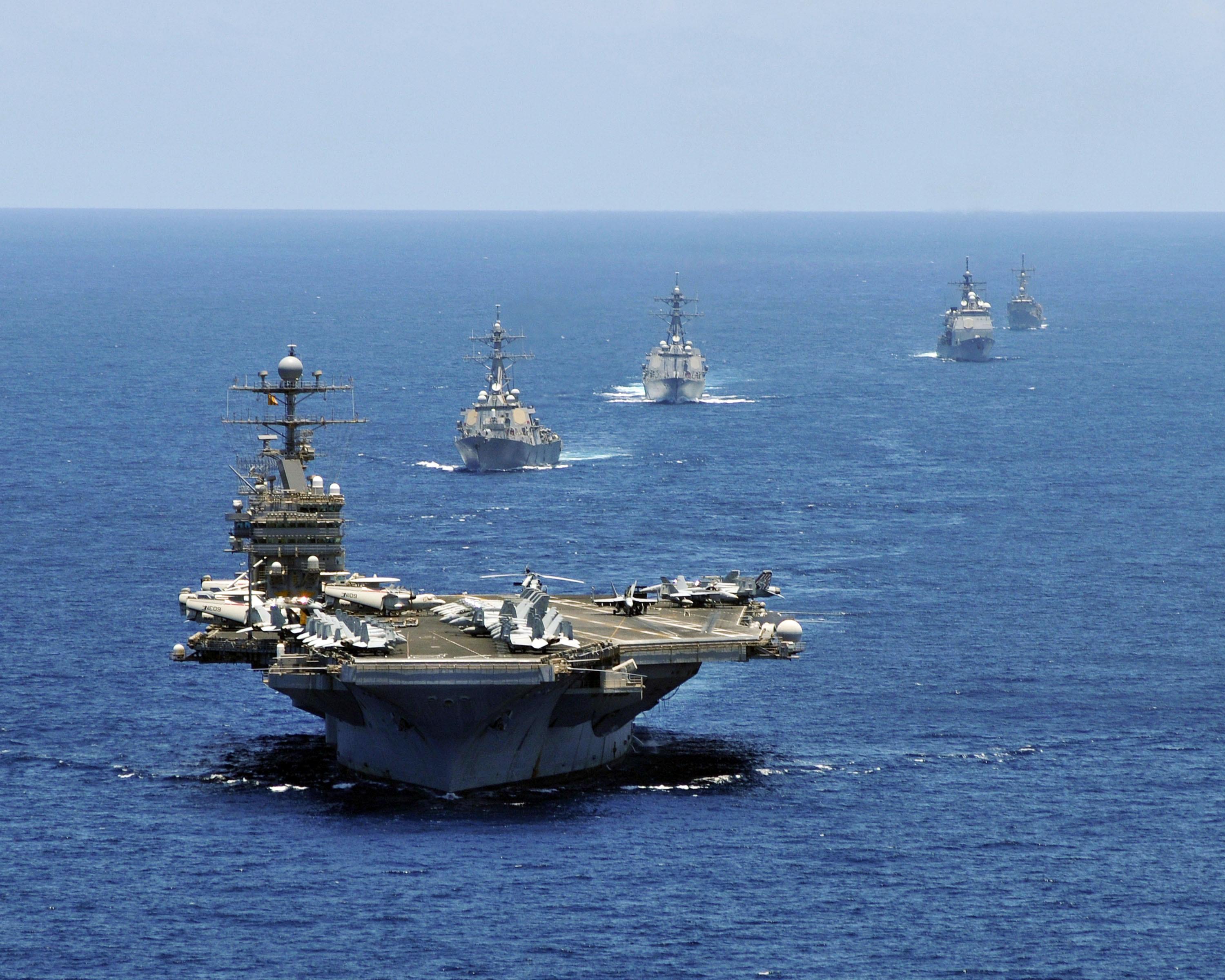BY PAULY SUBA
Journal Staff

This year’s Guam Industry Forum highlighted one of the most significant development initiatives on the island, the Guam Defense System (GDS). This initiative, led by the Missile Defense Agency in partnership with the U.S. Army aims to enhance the island’s defense against missile attacks and other threats through an advanced integrated system.
Douglas E. Grant, Director of Architecture Engineering and Construction for MDA, emphasized the agency’s mission to innovate rapidly. “The MDA mantra is, ‘Go fast, think big.’ We’ve got to think differently in order to stay ahead of the threat,” Grant said. He explained that MDA’s role centers on research and development, delivering critical defense capabilities to the field. “We like to say that testing manages our legitimacy, and deployments establish our legacy,” he said, underscoring the importance of thorough testing before implementation.

The GDS, Grant explained, is unique in its complexity. “We are integrating different systems into one enhanced integrated air defense system,” he said. While the technology itself isn’t new, the integration process presents challenges, particularly in establishing a 360-degree defense architecture for the island.
The final siting evaluation process identified 21 potential sites on DOD property and one on non-DoD property. However, according to the draft environmental impact statement, public comments during the scoping process and further evaluations addressing environmental concerns, access issues, and operational constraints reduced the number of sites to 16.
The program’s first project, the Guam Command Center, is set to begin in the second quarter of fiscal year 2025. “This facility must be resilient in a natural and induced environment—earthquakes, typhoons, EMI shielding,” Grant said, adding that the facility will include redundant power and cooling systems to ensure constant readiness. “The system has to work when it’s needed.”
Grant also described the intricate infrastructure behind the GDS, which includes over 300 components like sensors, radars, and launch sites.
Mission Assets include:
Sensors:
Acquire, record, and process data on threat and interceptor missiles
Detect and track threat missiles
Direct interceptor missiles
Assess whether a threat has been destroyed
Transmit data to the C2BMC system to inform defensive actions
Command, Control, Battle Management, and Communications Systems:
Receive, fuse, and display tracking and status data from multiple components to enable commanders to make coordinated defensive decisions across various locations
Plan, direct, control, and monitor EIAMD system activities via integrated architecture
Allow for comprehensive EIAMD system data exchange and networking
Launchers and Interceptors:
Launchers can be both stationary and mobile, and launch interceptors towards threat missiles Interceptors intercept and destroy threat missiles in one or more phases of flight
Interceptors use explosive and kinetic vehicles to destroy incoming missiles
(More details on the GDS can be found here: Enhanced Integrated Air & Missile Defense (EIAMD) System on Guam)
Grant said, “We’ve got a lot of redundancy built in to make sure we have reliable power,” highlighting the sophisticated power and security measures in place to protect the system.
According to the Draft EIS, the air and missile defense components would be positioned in Guam, with site preparation potentially beginning as early as 2025, construction and testing timelines varying for each component, and a fully operational EIAMD system planned for 2035.

U.S. Army Colonel Matthew Rauscher, who leads the Army’s joint program office for GDS, discussed the DOD’s commitment to protecting Guam’s people and infrastructure. “This project is so important to the Department of Defense that they have set up a separate office for this joint integration program,” he said. Highlighting the cooperation between MDA and the Army, Rauscher explained that their shared goal is to create a unified defense. “It’s an absolute joint effort to make sure we get this right. We’re going to defend the people, the infrastructure, the territory of Guam, period. End of discussion.”
Currently, Guam relies on the Terminal High Altitude Area Defense battery system for missile defense, but Rauscher pointed out that the GDS will provide a fully integrated, 360-degree layer of protection. “The GDS, integrated with the THAAD battery, will ensure we have complete coverage,” he said.
In a discussion about roles within the GDS, Rauscher said, “MDA’s role is research and development, in testing, and in supporting performance. Our job as the Army…is to take those capabilities and integrate them on the island.” He clarified that while each branch has unique responsibilities, the goal is a seamless, united defense. “I don’t look at it as MDA’s got a piece of this, the Army’s got a piece, the Navy’s got a piece. No, this is one fight,” Rauscher said.
Grant emphasized that MDA’s role is to provide the essential materials and technology for Guam’s defense. He said, “We are one, and we’re working together, and we’ve got a common goal, which is to protect the island.” mbj
Guam Defense System highlighted at 2024 SAME Guam Industry Forum
Recommended Articles...

Tenorio, Muña Barnes announce 2026 gubernatorial bid
Lt. Gov. Joshua F. Tenorio and Sen. Tina Muña Barnes announced their bid for the 2026 Guam gubernatorial election on Dec. 19 at Fort Santa Agueda overlooking Hagåtña.
Read More 
Guam Business Magazine announces nominees for the 2025 Guam Business Magazine Executive of the Year
Guam Business Magazine is pleased to announce the nominees for the 2025 Guam Business Magazine Executive of the Year.
Read More 
USS Abraham Lincoln Arrives in Guam
Naval Base Guam announced on Dec. 12 that the USS Abraham Lincoln and its carrier strike group had arrived on Guam for a scheduled port visit.
Read More 
Cavill: Micronesia poised for cruise-based tourism
Hugh Cavill, director of government affairs for the Cruise Lines International Association, said Micronesia is positioned well for cruise-based tourism.
Read More 














